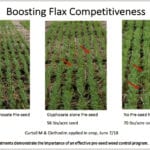
Seed early and heavily to boost flax
A good start is key to ensuring the crop’s competitiveness
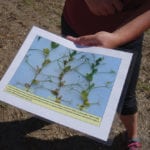
Field peas a strong alternative to soybeans
But you’ll need to remember the rulebook is different

Get your topsoil moving
Landscape restoration can offer immediate yield boosts

To spray or not to spray for fungal disease
You don’t have to just pencil it in and spray anyway — there are tools to help make the decision
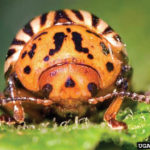
What’s the future of Colorado potato beetle control?
Neonics may be losing the beetle battle. What are the alternatives?
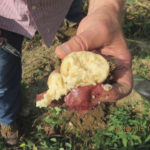
Dickeya diagnostics available, but could add costs
Growers exporting seed to the U.S. are increasingly being asked for the test
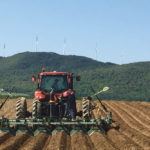
Fumigation a potential solution for ‘tired potato land’
Not all land will show an effect however, so producers need to consider the strategy carefully
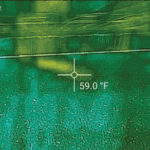
Managing potato diseases in storage
High-tech solutions can help to find problems before they’ve become critical

Dicamba drift a new danger for potato growers
Glyphosate has always been an issue, but new Xtend soybeans will likely see more dicamba applied
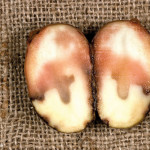
Canadian potato growers may lose Ridomil for pink rot
Phosphites offer growers a strong alternative control option for pink rot

